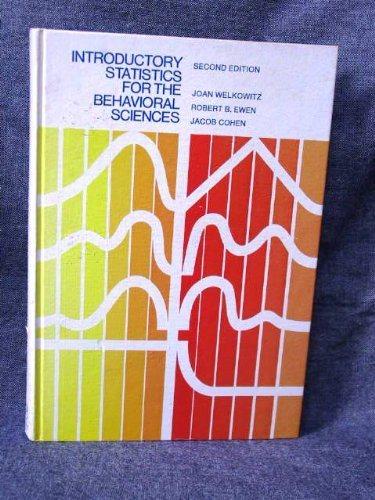
3. \{This problem is based on the exercise that I did in class to explain the income and substitution effects of a price rise and the COLA (cost of living adjustment for social security) application. Suppose an individual's utility function for two goods X and Y is given by U(X,Y)=XY. (Very Important: In the questions below you must show the steps. In particular, you must clearly write the equations from which you get your answers. Otherwise, you are not going to get any credit. ? a) Now, suppose Px=2,Px=9, and I=360. Find out the amounts of X and Y consumed by the consumer and the utility of the consumer. b) Now suppose Px increases to 4.5 while Px=9, and I=360. What are the new levels of demand for X and Y and the utility of the consumer? Is the consumer better off or worse off after the price rise? Explain your answer. c) Decompose the total change in the demand for X (in part (b) compared to that in part (a)) into the income and substitution effects. You will get full credit if you show it diagrammatically and numerically. You will get partial credit if you just do it diagrammatically. d) Suppose Px=4.5,Px=9, and I=360. However, a policymaker wants to ensure that the consumer can still buy the bundle that it chose in part a). How much extra income will you need to give to the consumer to ensure that they can buy the bundle found in part a)? e) Suppose Px=4.5,Px=9, and I=360. Now suppose the policymaker instead wants to compensate the consumer so that they can afford the same utility as before the price change. How much compensation does the consumer require? Is the compensation larger or smaller than in part d)? Again, you will get full credit if you show it diagrammatically and numerically. You will get partial credit if you just do it diagrammatically. 3. \{This problem is based on the exercise that I did in class to explain the income and substitution effects of a price rise and the COLA (cost of living adjustment for social security) application. Suppose an individual's utility function for two goods X and Y is given by U(X,Y)=XY. (Very Important: In the questions below you must show the steps. In particular, you must clearly write the equations from which you get your answers. Otherwise, you are not going to get any credit. ? a) Now, suppose Px=2,Px=9, and I=360. Find out the amounts of X and Y consumed by the consumer and the utility of the consumer. b) Now suppose Px increases to 4.5 while Px=9, and I=360. What are the new levels of demand for X and Y and the utility of the consumer? Is the consumer better off or worse off after the price rise? Explain your answer. c) Decompose the total change in the demand for X (in part (b) compared to that in part (a)) into the income and substitution effects. You will get full credit if you show it diagrammatically and numerically. You will get partial credit if you just do it diagrammatically. d) Suppose Px=4.5,Px=9, and I=360. However, a policymaker wants to ensure that the consumer can still buy the bundle that it chose in part a). How much extra income will you need to give to the consumer to ensure that they can buy the bundle found in part a)? e) Suppose Px=4.5,Px=9, and I=360. Now suppose the policymaker instead wants to compensate the consumer so that they can afford the same utility as before the price change. How much compensation does the consumer require? Is the compensation larger or smaller than in part d)? Again, you will get full credit if you show it diagrammatically and numerically. You will get partial credit if you just do it diagrammatically







